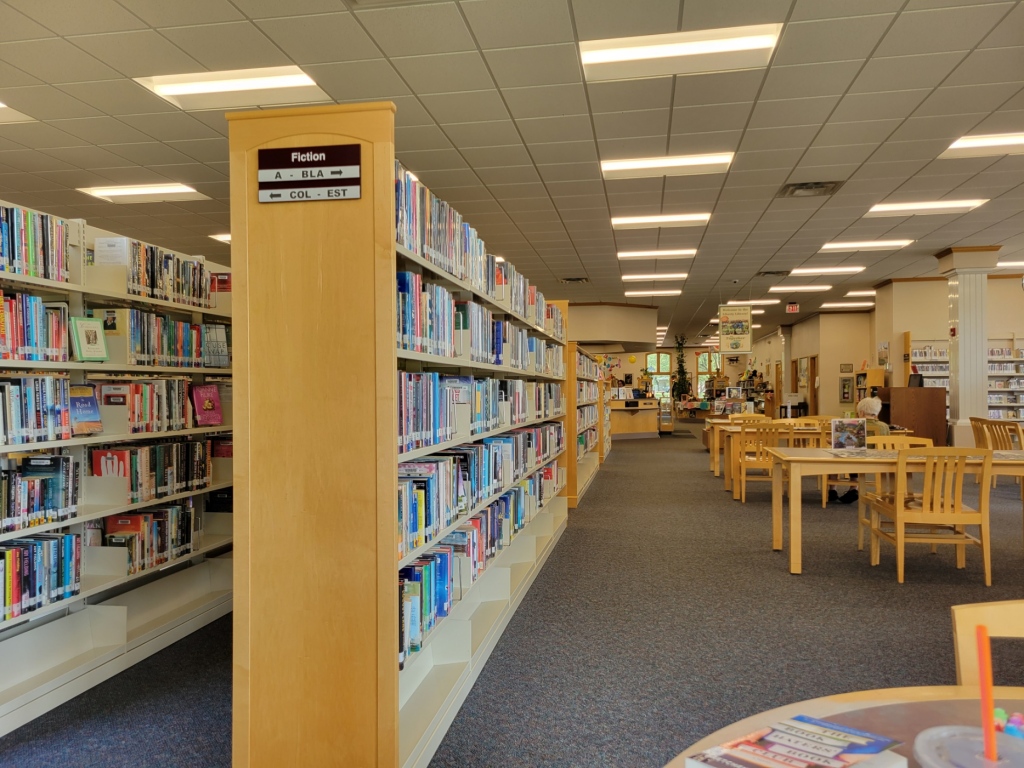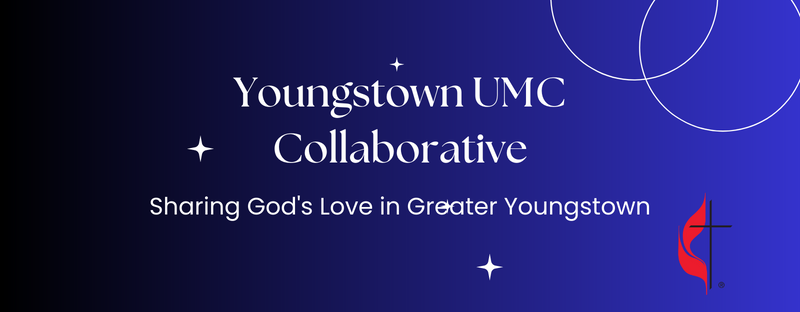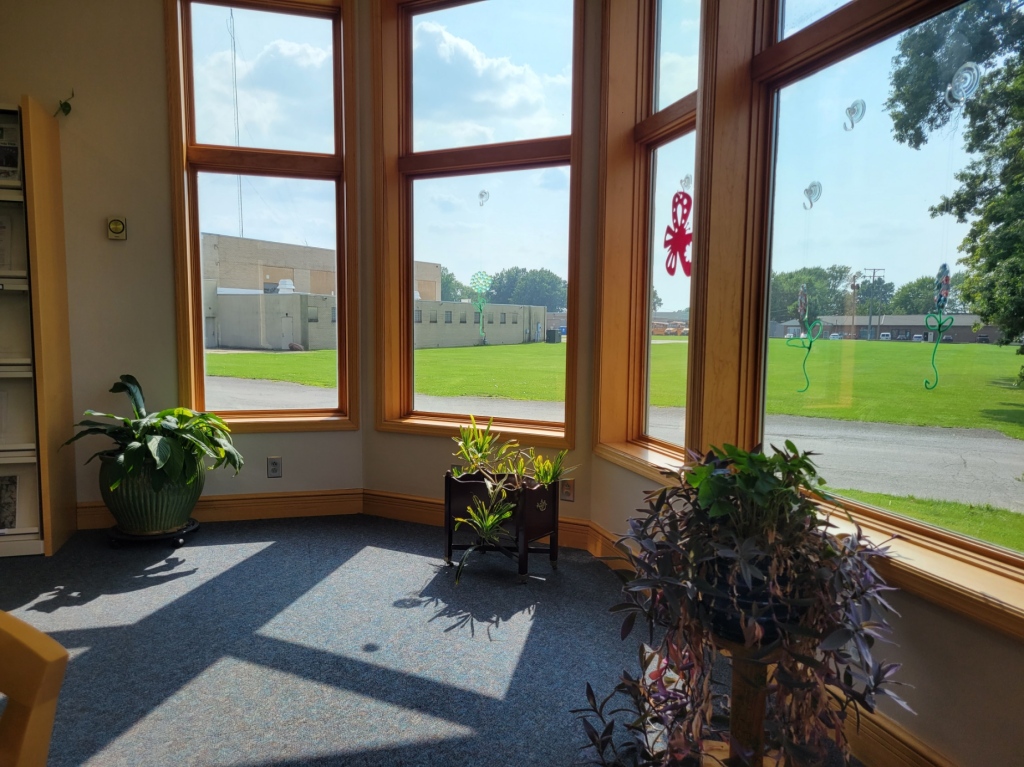For much of our lives, we split most of our time between two places: home, the first place; and work/school, the second place. Many of us also have a “third place,” defined by Emily Torres as “a familiar public spot where you regularly connect with others known and unknown, over a shared interest or activity” (emphasis mine). Third places share certain characteristics, gleaned from the work of Ray Oldenburg and compiled here in a handy list from Wikipedia (a great first stop in any research, though by all means never the best…or only):
- Neutral ground
Occupants of third places have little to no obligation to be there. They are not tied down to the area financially, politically, legally, or otherwise and are free to come and go as they please. - Leveler (a leveling place)
Third places put no importance on an individual’s status in a society. One’s socioeconomic status does not matter in a third place, allowing for a sense of commonality among its occupants. There are no prerequisites or requirements that would prevent acceptance or participation in the third place. - Conversation is the main activity
Playful and happy conversation is the main focus of activity in third places, although it is not required to be the only activity. The tone of conversation is usually light-hearted and humorous; wit and good-natured playfulness are highly valued. - Accessibility and accommodation
Third places must be open and readily accessible to those who occupy them. They must also be accommodating, meaning they provide for the wants of their inhabitants, and all occupants feel their needs have been fulfilled. - The regulars
Third places harbor a number of regulars that help give the space its tone, and help set the mood and characteristics of the area. Regulars to third places also attract newcomers, and are there to help someone new to the space feel welcome and accommodated. - A low profile
Third places are characteristically wholesome. The inside of a third place is without extravagance or grandiosity, and has a homely feel. Third places are never snobby or pretentious, and are accepting of all types of individuals, from various different walks of life. - The mood is playful
The tone of conversation in third places is never marked with tension or hostility. Instead, third places have a playful nature, where witty conversation and frivolous banter are not only common, but highly valued. - A home away from home
Occupants of third places will often have the same feelings of warmth, possession, and belonging as they would in their own homes. They feel a piece of themselves is rooted in the space, and gain spiritual regeneration by spending time there.
Churches were once considered a primary third place in their communities, and for many who are connected to the church, they function that way still (or we aspire that they would). In the 1960s and perhaps as recently as the 1990s, one could walk through the doors of most churches nearly any day of the week and find a bustling hive of activity: children laughing in the preschool; women’s and men’s groups enjoying and challenging one another over coffee and treats; and the pastor, nestled in his office (it was usually “his”) and ready to welcome the people who would undoubtedly pop in to say hello or to share a need. Most people had a church they considered “theirs,” and it was well-recognized that the church building and the pastor’s office had become the center of the mission field.
Cut to 2023, and an in-office day in the life of an average pastor. (It’s me, hi, I’m the average pastor.) It’s a Tuesday, around 10:30 am. I serve as your pastor, the pastor of a developing collaborative/cooperative parish, and this is my day to be in one of my two offices. I’ve been here since 8:30, and the only person I have seen so far is our co-lay leader whose secret cot I will find before this appointment is done.
I don’t have any meetings scheduled and there are no small groups that meet in this space on Tuesdays. The preschool has been closed for longer than I’ve been out of high school. Chances are that for as long as I am here, the only interactions I will have with others will be online. The story is the same at my other office, especially during the summer when the school that meets in our building is out of session.
This is usually, though not always, the case. Sometimes, there are church members. Sometimes, there is a need, and someone comes to the door because they don’t know what other door to approach.
But usually, the quiet emptiness of the church buildings and my offices in them are a reminder that the mission field is beyond its walls.
I’m writing this blog post from one of my favorite third places today: the Liberty branch of the public library, just down the street from the Church Hill office and the parsonage. I feel at home here, surrounded by books and media and the familiar faces of the librarians who hold this space.
When I arrived, I set my things down at a table by the gorgeous bay window. At the table next to me, one of the children I’ve baptized—one of mine, of ours—was having a tutoring session. I got to greet them and compliment their hard work, work that I saw and heard firsthand. I got to introduce myself to their tutor and express my gratitude for their work on this beautiful day.
As we sat, an older woman—a regular—came to the periodical shelf and pulled out the day’s newspapers. She settled in a couple of tables away to read. When a librarian walked by, the woman stopped her to share a somewhat funny and wholly relatable story. Because I could relate, I caught her attention as she walked back to put the papers back on the shelf and told her so. And then we talked for nearly 20 minutes. She is the director of a children’s non-profit that has operated in Youngstown since 1998. She knows Church Hill members by name, and she visited Trinity to hear Nick preach while I was gone…so she knows several of you now, too.

This is the potential of ministry that takes place in the mission field: the commingling of a second place (work, for me) with the third places of others to create what Arnault Morrison referred to beginning in 2018 as “the fourth place.” Every task I completed related to the ministry of the Collaborative today could have been completed in either of my offices. But had I cloistered myself there, I would have missed critical opportunities to both witness and participate in the reaching-through of God’s Kin(g)dom.*
Sure, not every day in the mission field will yield such clear God moments. When we do encounter God’s children in the world, we are rarely privileged to know what part we may play in their transformation—are we seed planters, cultivators, preparers for harvest? Who knows. We are even less clear when the mission field is quiet—what benefit is there to the church or the Kin(g)dom if nothing more transpires than a smile and a nod?
On those days, I choose to lean into faith: faith that those who see me writing sermons and hear me talking about discipleship with colleagues, who spy my Youngstown UMC Collaborative nametag, may perceive something new about how God is working in their midst. Faith that seeing may lead to speaking and that even if it doesn’t, I have offered witness in my presence. I invite you to join me in the fourth places, out here in the mission field, that you may also perceive how God’s vision is springing forth before us. (And there’s usually tasty food and drinks available.)
Pastor Shannon
*Stay tuned for a future post explaining why I write Kin(g)dom.


Leave a comment